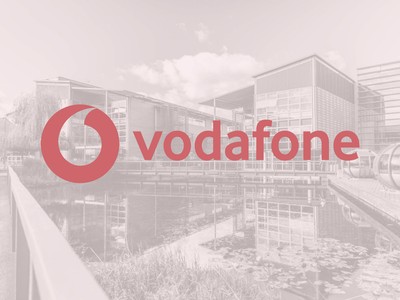This represents an example of an absolute valuation methodology because we are seeking to derive a target share price estimate, today, that reflects the intrinsic value of a business based upon the present value of future cash flows that a business is thought to be capable of generating.
This approach differs then, from relative valuation methods such as using the Price to Earnings (P/E) ratio to benchmark the value of a company by assessing its P/E multiple versus industry peers.
A key input into the discounted cash flow model is the weighted average cost of capital (WACC) which determines the discount rate by which future cash flows are brought back to a value today. The WACC helps embody the time value of money principal: £1 today being worth more than £1 tomorrow. To compute the WACC we assess a company’s capital structure to assess the proportion of equity and debt used to fund company operations. Equally, we need to decide upon appropriate costs of equity and debt.
Given the recent central bank policy U-turn to hike interest rates to tackle inflationary pressures, this places upward pressure on the cost of debt and equity and, hence the WACC. If we assume then that a theoretical WACC rises from 5% to 7%; a future cash flow of £100,000 in twenty years falls from a present value of £37,689 to £25,842. Extending this example helps explain why higher growth companies with more cash flows weighted into the distant future suffer more valuation loss from rising rates.




